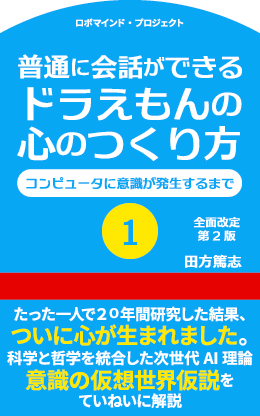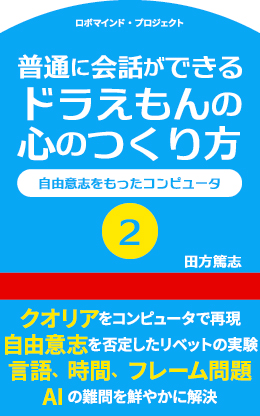
What Is consciousness In The First Place? Can We Invent Artificial Consciousness Using AI?
What Is consciousness In The First Place? Can We Invent Artificial Consciousness Using AI?
Let’s Define Consciousness Precisely Which Only Exists in Humans
Upon thinking about mind, we cannot avoid talking about consciousness.
What is consciousness in the first place?
Do animals have consciousness?
Do machines possess consciousness?
Can AI make artificial consciousness?
Let us think about these questions using thought experiments.
First, we are going to think about a case of a frog.
A frog, once it finds a fly in front of it, extends its tongue and eats it.
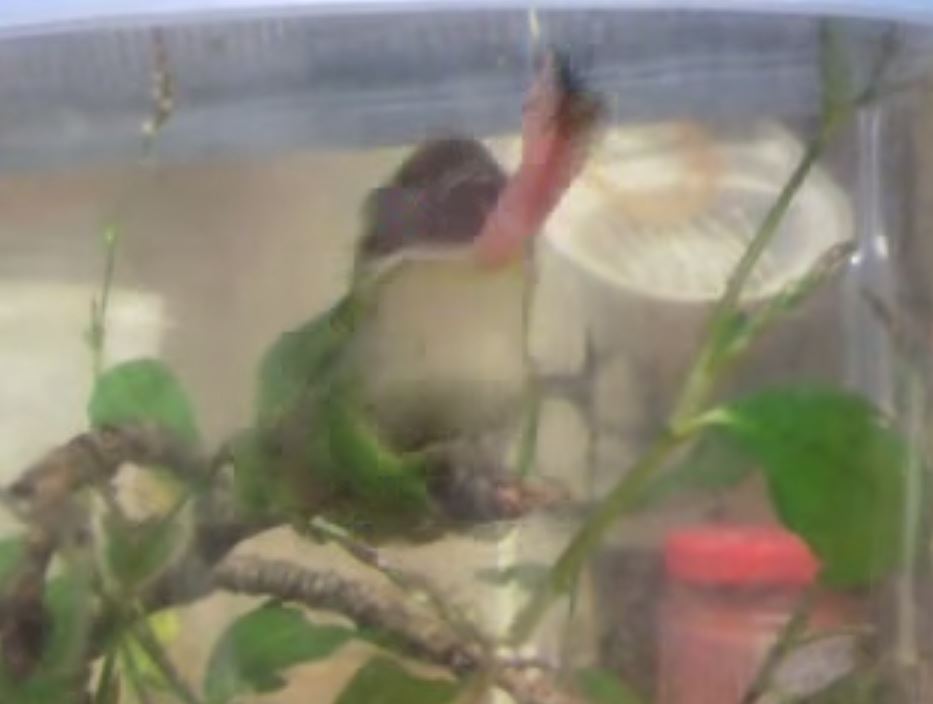
When it sees a blackish bug before its eyes moving, it identifies it as a fly and the moment the fly stops, it extends its tongue and eats it.
A frog, if hungry, hunts flies like this to survive.
Well, do frogs have consciousness?
Frogs do take actions according to the external situation.
Does this indicate its consciousness?
Let’s think of other examples for a bit.
Next, we are going to think about a microcomputer robot that I made in the past.
When I say robot, it was not a human-shaped robot; it was shaped as a car and it was a line tracer working on the command of microcomputer.
A line tracer is a robot which moves along the line drawn on the ground.
It has four LEDs and receiving elements, which work to detect the location of the line. If it goes off the line, it will adjust the speed of each wheel on both sides. It is always controlled by microcomputer so the center of the body comes on the line.
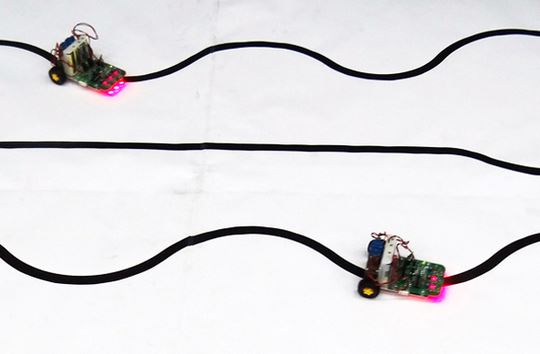
This microcomputer robot takes actions according to the line, too.
This robot is flexible to the external situation.
You can also say that it has a basic set of intelligence.
Does this also suggest its consciousness?
Now we are going to think about a case of humans.
Let’s think about when we ride a bicycle.
What do you recall from your childhood days?
At first, you could not ride it well – and every time you pedal, you would lose balance and almost fall; or you could not make a turn on a curve.
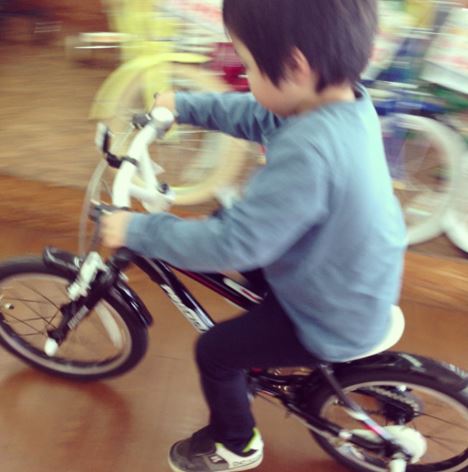
Sure, you were telling yourself: don’t lean too much, or turn the wheel now while riding, but still you can’t ride it well.
But as you practice it, gradually you would become good at it.
Once you reach the point where you can ride it with no difficulty, you would be able to keep balance naturally without even thinking about it in your head.
And when you lose your balance, you would be able to lean your body the opposite irection, or take the wheel to fix the situation.
Now what I want you to pay attention in this example is that these actions are carried out unconsciously.
Without any consideration, you are keeping balance by leaning your body naturally.
Doing it unconsciously means you are taking an action without consciousness.
While on a bike, you respond to external situations such as losing balance by leaning your body to the opposite direction.
This is the same kind of reaction seen in the frog and line tracing robot earlier, you are only responding flexibly to your external situation.
In these cases, there is no consciousness involved.
Then, we can also state that frogs and line tracers have consciousness.
What sort of situation is it then – having consciousness?
Let’s say we have an apple here.
You wonder, looking at that apple, whether you should eat it now, at three for snack, or after dinner.
When you are thinking about these options, you obviously have consciousness.
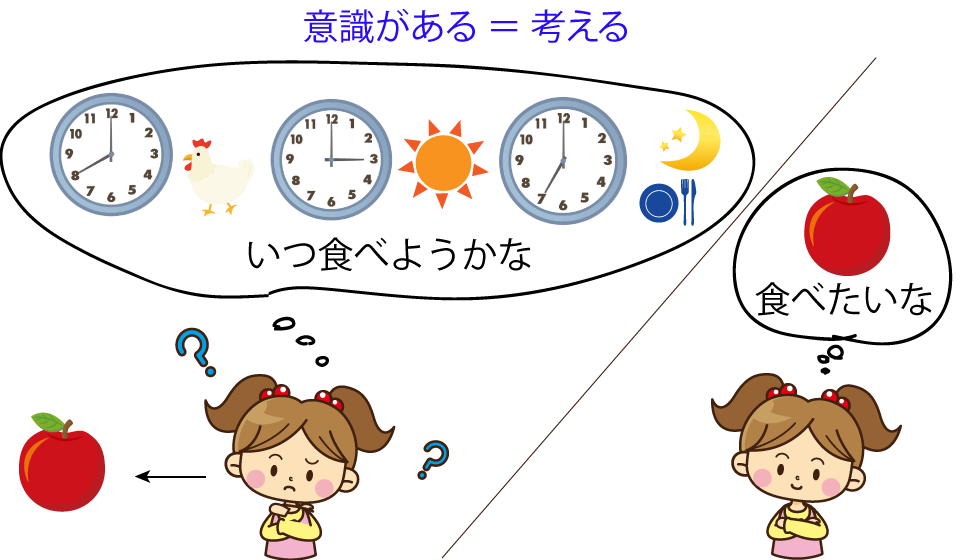
Then, what’s different from the unconsciousness mentioned earlier and the consciousness in this scenario?
It is, whether it is directly linked to the external situation or not.
Being directly linked to the external situation means that you take actions reacting to the external situation.
You monitor what is happening in the external world with your eyes, detecting sensors.
And if a certain situation happens, you take actions which are suitable for it promptly.
You don’t think or hesitate during that moment.
Unconscious activities, corresponding to the external input, output in forms of physical action.
This is what I mean by how unconsciousness is directly linked to the external situation.
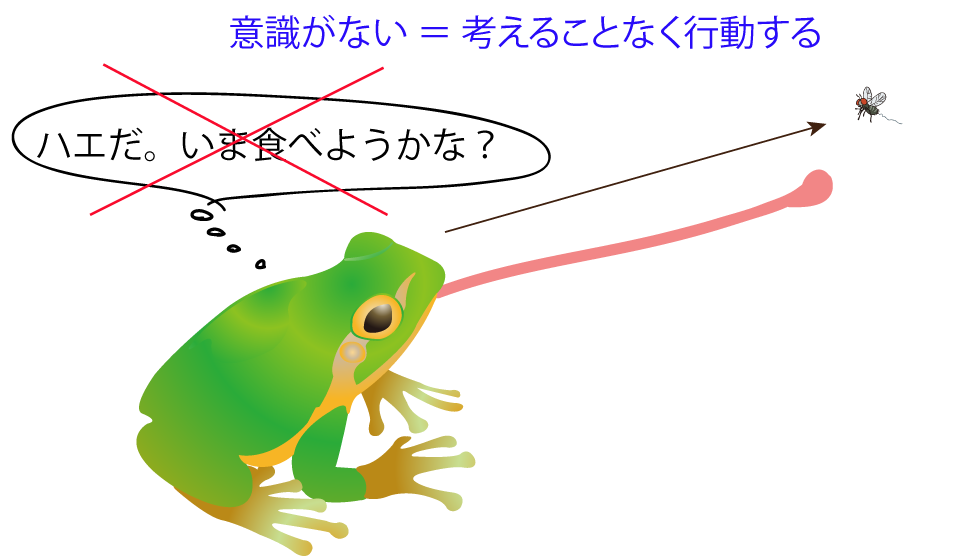
On the other hand, consciousness lies in the thinking process of whether you should eat the apple now or later.
Consciousness is basically the act of thinking in your head.
You see it with your eyes and after identifying it as an apple, you think and maybe eat it – but there is also a possibility in which you think of the options but do not take action upon them.
This phenomenon can be said that it is not directly linked to actions.
When identifying an apple, you don’t have to have an actual apple in front of you; it can even be an imaginary apple in your head.
Hence, consciousness can be exercised solely in your head separated from the external world.
Now we are starting to get the difference between consciousness and unconsciousness.
Next, we are going to take a look at an example which shows the distinctive difference between consciousness and unconsciousness.
It is known as “blindsight”, a functional disorder of brain.
Blindsight
Blindsight is a disorder which occurs when part of brain’s visual information processing is damaged.
Parts which receive visual information such as retina are not impaired, but because part of pathways (ventral visual pathway) on the visual information processing path is shut off, an extremely peculiar symptom is observed.
Blindsight patients are said to be totally blind.
When a light spot is shone on screen and you ask them “can you tell where the light spot is?”, they will obviously answer “ I have no idea”.
When you ask “please point the light spot with your finger”, they will say “I cannot do such thing”.
So when you ask them “please point wherever you like, it can be random” and have them point to one spot, surprisingly they can accurately point the light spot every time. What’s more, they have no acknowledgement that they are pointing to the correct point. They say “I’m only randomly pointing to one spot”.
This is the phenomenon of blindsight.
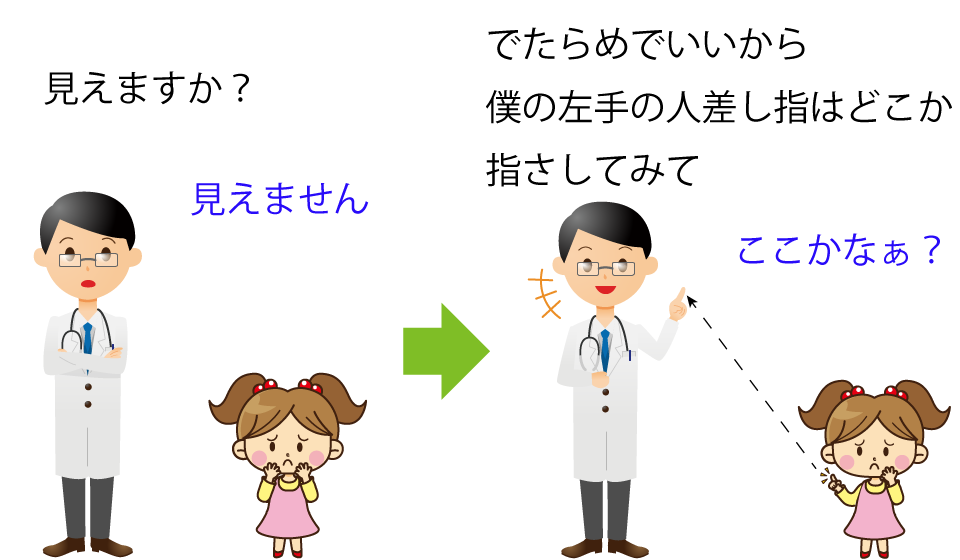
Blindsight patients, despite the lack of consciousness of seeing, can accurately respond to objects that they are seeing as actions.
Regardless of their blindness, they can point a spot with their fingers, or avoid a random ball falling off.
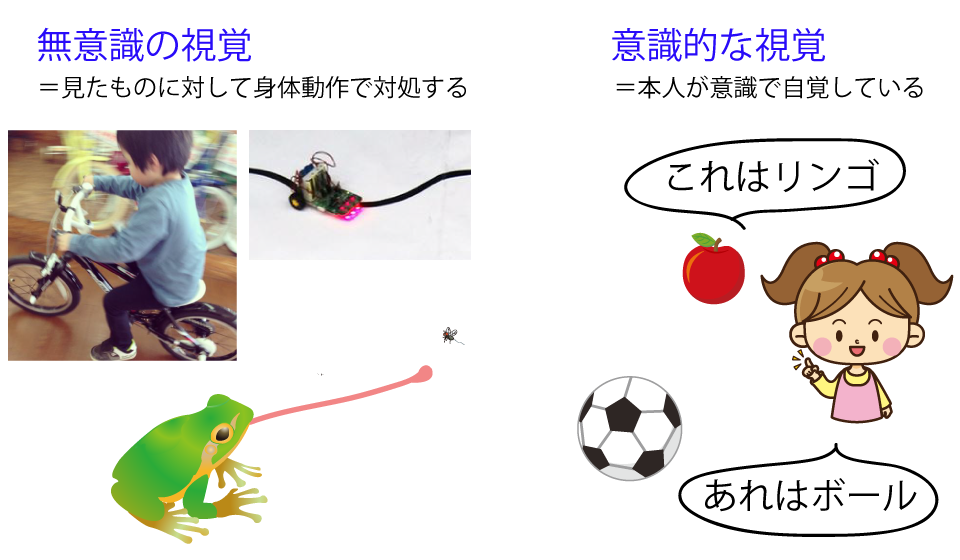
From this example, I state that there are two types in sense of vision.
One of which is to see consciously.
Another one is to respond to objects that you see with body motions.
This one can be said as sense of vision under unconsciousness.
Unconscious sense of vision is similar to how you keep balance naturally on a bike, without proactive consciousness your body responds reflex to situations.
Just like a frog catches a fly responding to its movement, or a line tracer responding to the sensor and adjusting to the speed of wheels.
Conscious sense of vision refers to a phenomenon where the subject him/herself is aware of what they are seeing “this is an apple” or “this is a ball” with consciousness.
As you are able to identify it as an apple, you can think of options whether to eat it now or later.
Now we talked about how impairment in ventral visual pathway on the visual information processing path of your brain will deter visual consciousness.
What does this suggest then?
First of all, we can say that consciousness is one of the functions that get processed inside the brain and it is processed in a different room from reflex body motions that are carried out unconsciously.
Also, we can say that unconscious reflex actions are a function that is possessed by animals besides humans as well.
Nevertheless, consciousness that “you are seeing” seems to be only possessed by humans.
Sense that you are seeing a scenery in front of you;
sense that you are seeing buildings and houses around you, cars running, and you are inside that world.
This seeing and feeling of the world is created by consciousness.
In contrast, a human with consciousness and a frog without consciousness see completely different worlds even with the same scene.
No, in fact, frogs are not even seeing the world.
They are simply responding to their external situations.
Which is very different from what we call “seeing”.
In the next post “subjectivity and objectivity”, we are going to summarize the discussions from the one consciousness to the one on the structure of mind.
I also want to read

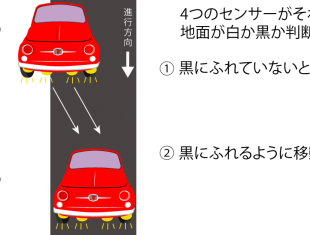
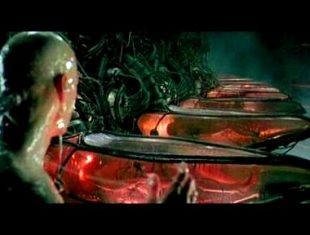 Hypothesis: consciousness’ virtual world
Hypothesis: consciousness’ virtual world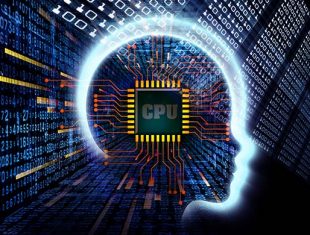 意識をプログラムで作るには
意識をプログラムで作るには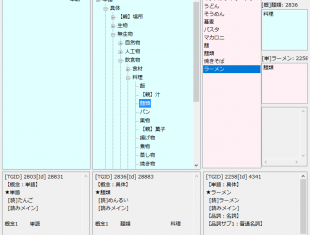 How to Define the Meaning of Words
How to Define the Meaning of Words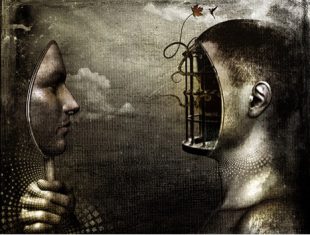 Now that we solved the hard problem of consciousness… What’s next?
Now that we solved the hard problem of consciousness… What’s next?